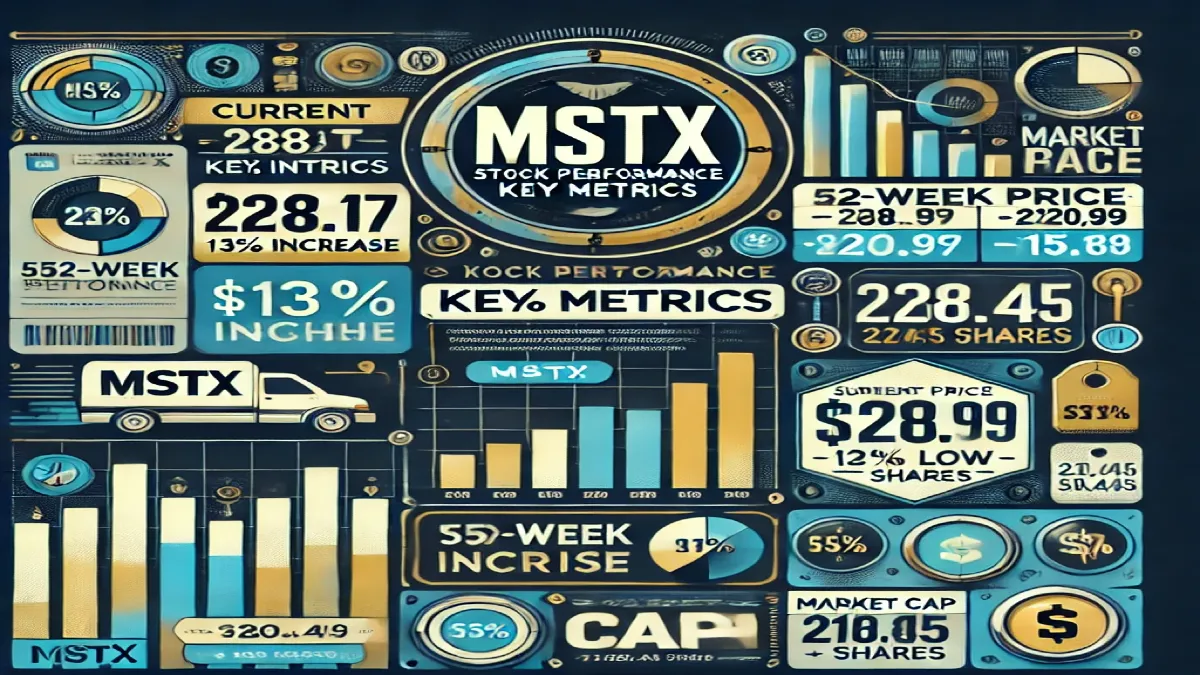Introduction: The Green Shift in Crypto
Cryptocurrency has been widely criticized for its high energy consumption and environmental impact, especially with Bitcoin mining consuming more electricity than some entire countries. However, a new generation of eco-friendly cryptocurrencies is emerging, utilizing innovative technologies to significantly reduce their carbon footprint.
In this article, we’ll explore:
✅ Why traditional cryptocurrencies consume so much energy
✅ How low-energy cryptocurrencies work
✅ The top eco-friendly cryptos leading the change
✅ Why green blockchain technology is the future
Let’s dive into the sustainable revolution of blockchain and discover how investors, developers, and the environment can benefit.

The Problem: Why Traditional Crypto Consumes So Much Energy
Most traditional cryptocurrencies, including Bitcoin and Ethereum (before its upgrade), use Proof-of-Work (PoW)—a system that requires miners to solve complex mathematical puzzles. This leads to:
⚡ Massive Energy Consumption – Bitcoin alone uses over 140 TWh per year, more than Argentina.
🌍 High Carbon Emissions – Many mining farms run on fossil fuels.
🗑️ E-Waste Generation – Mining hardware becomes obsolete quickly, contributing to electronic waste.
As concerns about climate change and sustainability grow, there’s a strong push for low-energy alternatives that make blockchain more sustainable.
The Solution: How Low-Energy Cryptocurrencies Work
New blockchain technologies are moving away from energy-intensive mining. Here are the most promising solutions:
1. Proof-of-Stake (PoS) – The Game-Changer
Instead of mining, PoS allows users to validate transactions by staking their coins—reducing energy use by over 99% compared to PoW.
💡 Ethereum 2.0 – After transitioning from PoW to PoS, Ethereum’s energy consumption dropped by 99.95%.
💡 Cardano (ADA) – Uses the Ouroboros PoS system, ensuring minimal energy use.
💡 Solana (SOL) – Combines PoS with Proof-of-History (PoH) to increase efficiency.
2. DAG (Directed Acyclic Graph) – The Next-Gen Blockchain Alternative
DAG-based networks use a unique structure where transactions validate each other, eliminating the need for miners.
🌱 IOTA (MIOTA) – Uses the Tangle system, which is feeless and highly energy-efficient.
🌱 Nano (XNO) – No mining, no fees, and almost zero energy consumption.
3. Carbon-Neutral & Negative Cryptocurrencies
Some projects go beyond just reducing energy use by actively offsetting their carbon footprint.
🌍 Algorand (ALGO) – A carbon-negative blockchain that purchases carbon credits to neutralize its emissions.
🌍 Chia (XCH) – Uses Proof-of-Space-and-Time, leveraging storage space instead of energy-intensive computing.
The Environmental & Economic Benefits of Low-Energy Crypto
✅ Lower Carbon Emissions – Drastically reduces blockchain’s environmental impact.
✅ Cheaper Transactions – PoS & DAG networks cut energy costs, leading to lower fees.
✅ More Accessibility – No need for expensive mining rigs, making crypto more decentralized.
Governments and institutions are increasingly favoring sustainable blockchain solutions, making eco-friendly cryptocurrencies a smart long-term investment.
Top Eco-Friendly Cryptocurrencies to Watch in 2025
Here are some of the most promising low-energy cryptocurrencies revolutionizing blockchain:
1️⃣ Ethereum 2.0 (ETH) – The world’s leading smart contract platform, now energy-efficient.
2️⃣ Cardano (ADA) – A scalable, sustainable PoS blockchain.
3️⃣ Algorand (ALGO) – A carbon-negative blockchain with fast transactions.
4️⃣ Solana (SOL) – High-speed, low-energy transactions for DeFi and NFTs.
5️⃣ Nano (XNO) – A feeless, energy-efficient crypto perfect for microtransactions.
FAQs About Eco-Friendly Cryptocurrencies
1. What is the most eco-friendly cryptocurrency?
Ethereum 2.0, Cardano, and Algorand are among the top sustainable cryptocurrencies due to their low energy consumption and carbon-neutral initiatives.
2. How does Proof-of-Stake reduce energy consumption?
PoS removes the need for energy-intensive mining. Instead, validators stake their coins to secure the network, cutting energy use by over 99%.
3. Are low-energy cryptocurrencies as secure as Bitcoin?
Yes! Many low-energy cryptos use advanced security models that maintain decentralization and resistance to attacks.
Also Read : https://bitcoinnewspro.com/bitcoin-africin-conference-a-bitcoin-only-revolution-in-french-speaking-africa/
4. Can I invest in green cryptocurrencies?
Absolutely! Many eco-friendly cryptocurrencies are available on major exchanges and have strong long-term potential.
Final Thoughts: The Future of Sustainable Blockchain
The crypto industry is undergoing a massive transformation as low-energy cryptocurrencies take center stage. With Ethereum’s transition to PoS, DAG-based networks, and carbon-neutral projects leading the way, blockchain is becoming more sustainable than ever.
✅ Lower energy use
✅ Cheaper, faster transactions
✅ Environmentally responsible investing
Adopting energy-efficient cryptocurrencies isn’t just an ethical choice—it’s the smartest move for long-term success.



